Lumber can be grouped into two broad categories – softwoods and hardwoods – based on a botanical distinction. Hardwoods are those species that come from leaf-bearing trees that produce flowers, fruits or nuts. Common North American hardwood lumber includes maple, oak, ash, walnut, cherry, beech, birch and poplar.
There are many less common Western hardwoods as well, like butternut, mesquite, holly, pear and sycamore. Other countries log innumerable hardwood species as well. Some of these exotics include teak, mahogany, ebony, rosewood, bubinga, purpleheart and pear. These exotic woods can be purchased through the Internet or specialty catalogs; however, they are pricey and may only come in a limited size.
Softwoods come from the large family of cone-bearing trees that bear needles rather than leaves. Firs and pines of all sorts, redwood, cedar and cypress are typical North American softwoods made into board lumber. Because these species are well suited for construction purposes, all lumber used fro framing and roughing construction comes from softwood trees.
They are sufficiently strong for structural applications, yet are easy to work with common hand or power tools. Another advantage is that cone-bearing trees grow rapidly and develop straighter trunks and branches than the hardwoods. And finally, more softwood trees can be planted per acre than hardwood trees so they produce a higher lumber yield in less time.
Common misconceptions –
It is a common misconception that hardwoods are called hardwood because the wood is hard, while softwood is so named because they are soft. it is true that many hardwoods are more difficult to machine than softwoods, however the distinction actually has nothing to do with the hardness or workability.
Southern yellow pine, for example, is heavy dense softwood used for stair treads and large framing lumber. It machines and accepts fasteners in a manner like that of hardwoods. Walnut and poplar are common hardwoods, but they can be routed and sawn as easily as cedar or redwood.
Even pricing is not a good indicator of hardwoods or softwoods. More softwood is manufactured into building materials than furniture-grade lumber, but what dose become lumber can be quite expensive. Take for instance, clear sugar pine lumber, it is just as costly as premium cherry or white oak.
Actually, the basic economics of supply and demand have more to do with lumber pricing than the particular species of wood or even it’s grade designation.
Choosing what to use –
Woodworking projects can use both softwoods and hardwoods. Generally, hardwoods end up as indoor projects such as furniture, trim-work, cabinetry and turnings because the wood grain and figures are highly desirable. Softwoods tend to become outdoor furniture, children’s projects such as tree houses and other sorts of utility or painted projects.
These are merely general guidelines. If money is no object, you can build children’s furniture from practically any furniture-grad lumber you have.
The answer to – what species should I choose for a particular project? – is not cut and dried.
Ask yourself a few questions –
• Is this an indoor or outdoor project? Most wood will degrade over time in the presence of water or ultra violet sunlight. Moisture is another ‘deadly’ threat to wood; it invites mold and wood-boring insects.
Some of the most durable outdoor woods include western red cedar, cypress, white oak and redwood. These lumbers contain natural oils or profiling compounds that resist rot and help repel insects. Boat building woods such as mahogany and teak are excellent choices, although they are much more expensive than the common weather-resistant species.
Consider using a pressure-treated wood if you are not using it for food or contact with skin (such as a chair or bench). It takes paint well once the infused chemicals dry and the wood tends to be warranted fro decades against rotting. Be careful and wear a dust respirator when machining pressure-treated lumber to keep from inhaling the sawdust, which contains the treating chemicals.
• Will the project be painted or receive a clear finish? For painted projects, choose wood that has a smooth texture without a heavy grain pattern. Ideally, the lumber should sand and finish so smoothly that the grain entirely disappears. Good paint-grade hardwoods include birch, aspen and birch.
These also tend to be less expensive than hardwoods with more attractive wood grain patterns. Softwoods generally produce a blotchy, uneven tone when they are finished with a stain, but they make excellent economical painted woods. Pines, firs and other ‘white woods’ are good candidates fro paint finishes.
• What thickness and proportions of lumber does your project require? Nearly all the board lumber you will find in a home center or lumberyard will be milled to ¾-inch thickness. There could be a small amount of ‘craft’ woods in ¼-inch thickness made of oak or poplar as well as laminated blanks in a few sizes up to 3 inches thick.
Lengths of ‘craft’ woods will be limited to about 3 feet. Some projects require large panel such as tables and entertainment centers and if you don’t own a jointer and clamps to glue your own wide panels from narrower boards, your local home store probably stocks pre-glued sanded panels as wide as 3 feet and up to 8 feet long.
• Which project parts will show? Commonly practiced in furniture building is to use a secondary or cheaper lumber on the insides and backs of pieces and the more expensive, nicer wood on the outer areas of the furniture. Places that secondary wood might be used are drawers, shelves inside a cabinet, the backs of cabinets and desks, under the tabletop, legs, etc. Poplar and pine are often integrated into projects as secondary wood pieces.
• What does your budget allow? Lumber is expensive, particularly if you buy it completely surfaced. Sometimes sticker shock will push you over the edge and make your choice of lumber obvious. When tallying up the amount of lumber you will need, factor in another 20 to 30 percent additional wood. The overage invariably gets used in the end. If the price is out of reach, consider using a more economical wood and staining it to match the color of a more expensive wood.


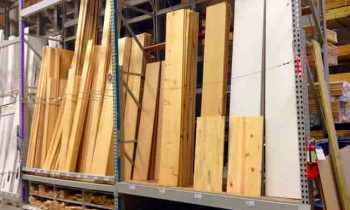 Hardwoods Vs Softwoods
Hardwoods Vs Softwoods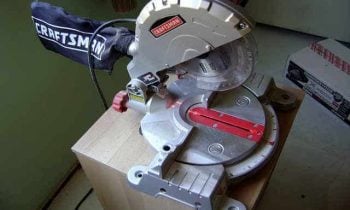 Choosing Woodworking saws
Choosing Woodworking saws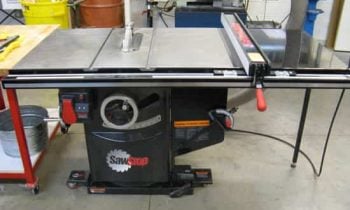 Jet Woodworking Tools
Jet Woodworking Tools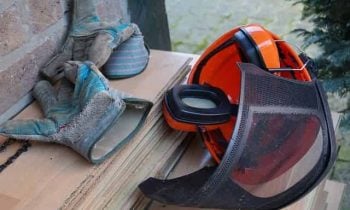 Quality Woodworking Tools
Quality Woodworking Tools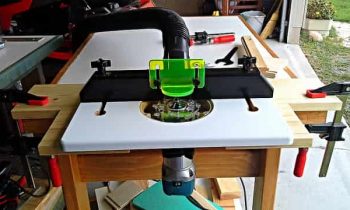 Large Woodworking projects
Large Woodworking projects